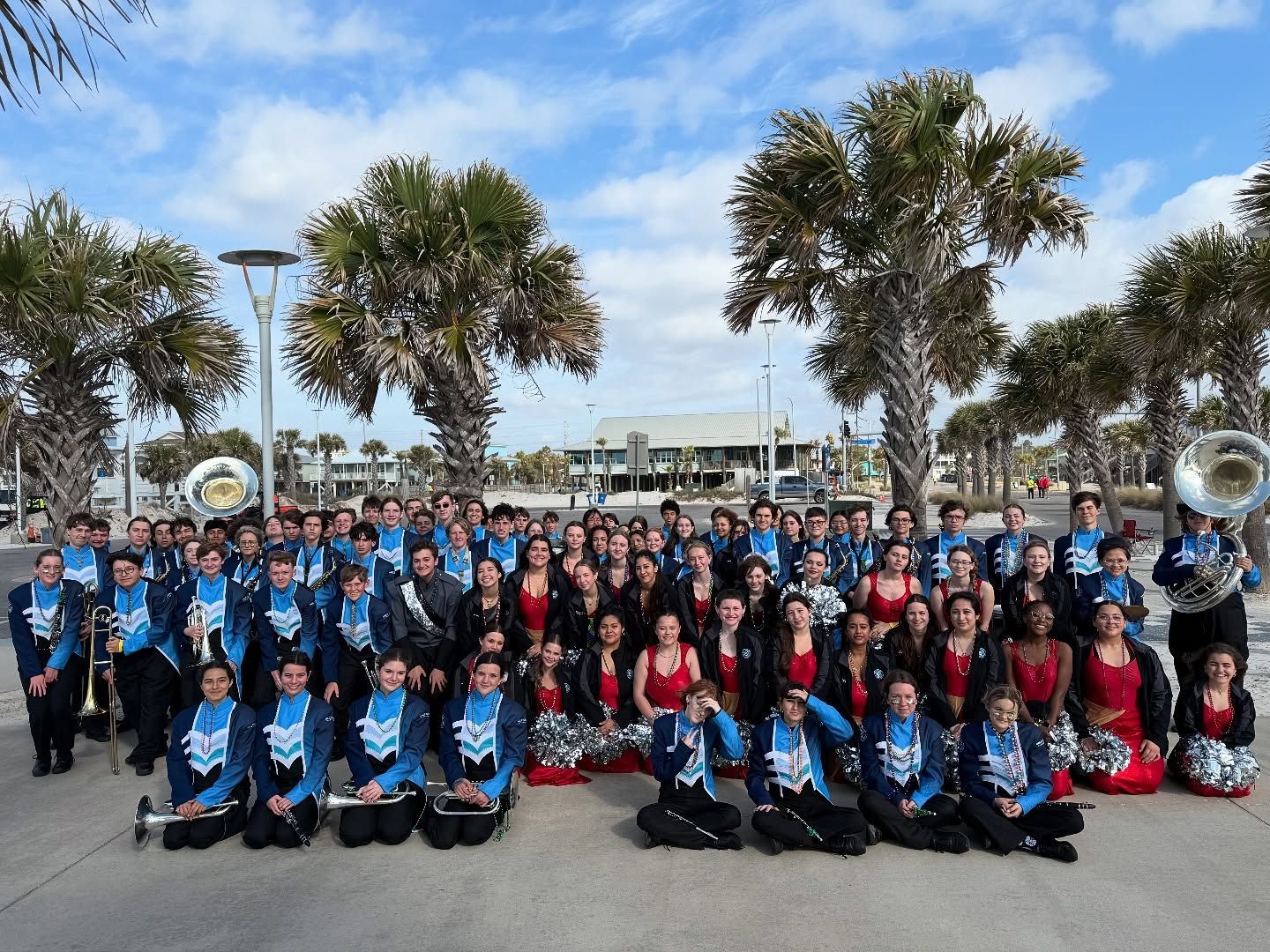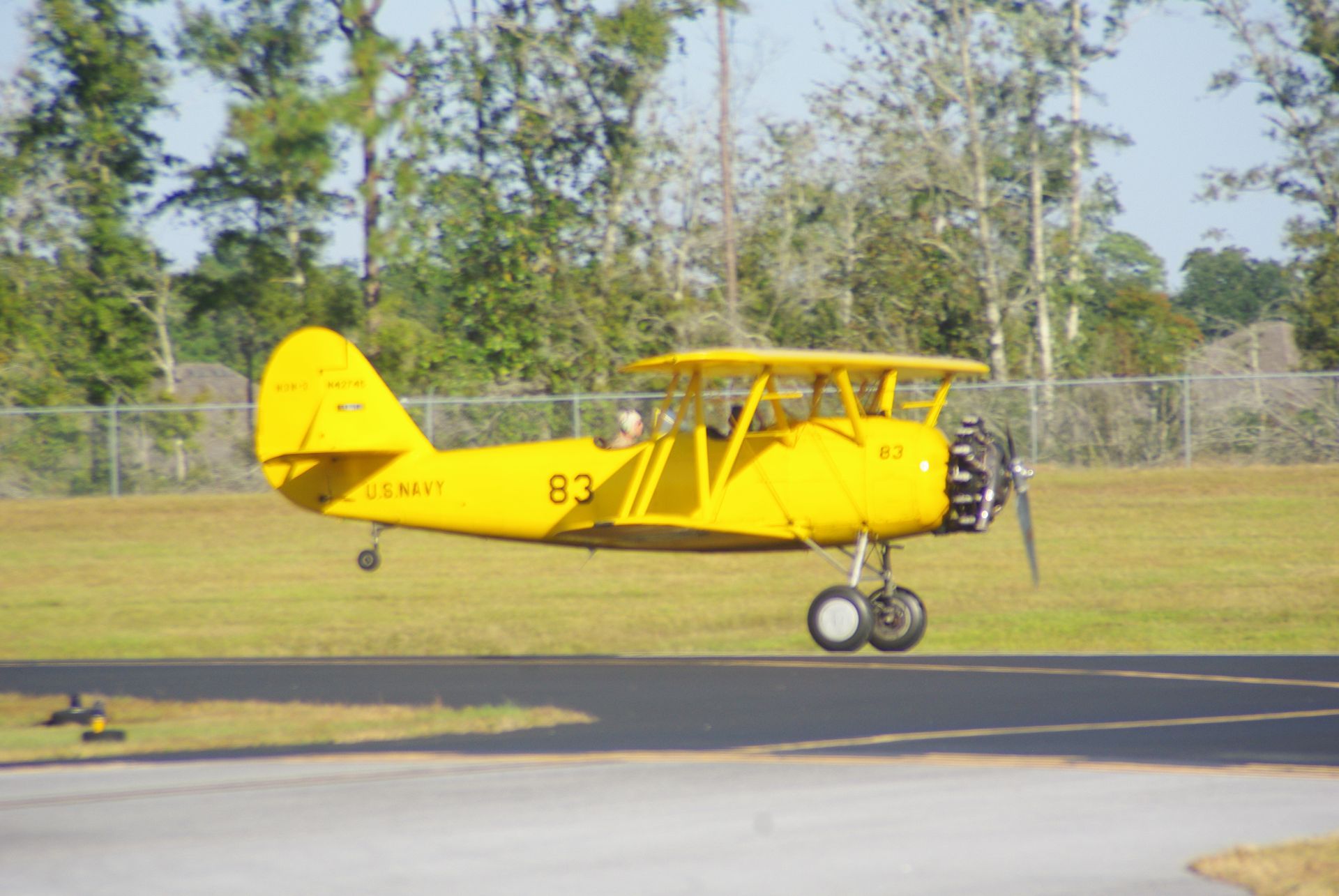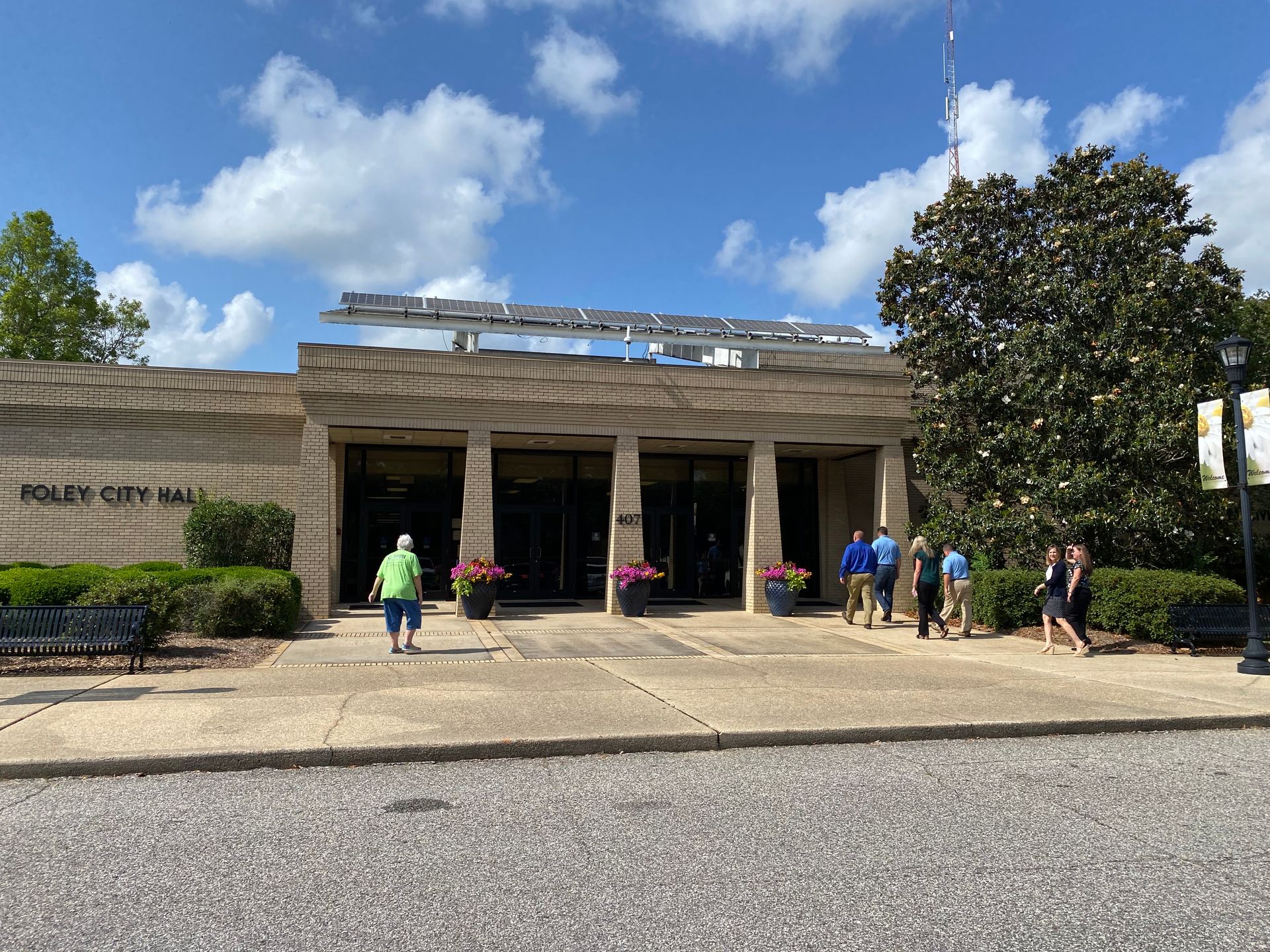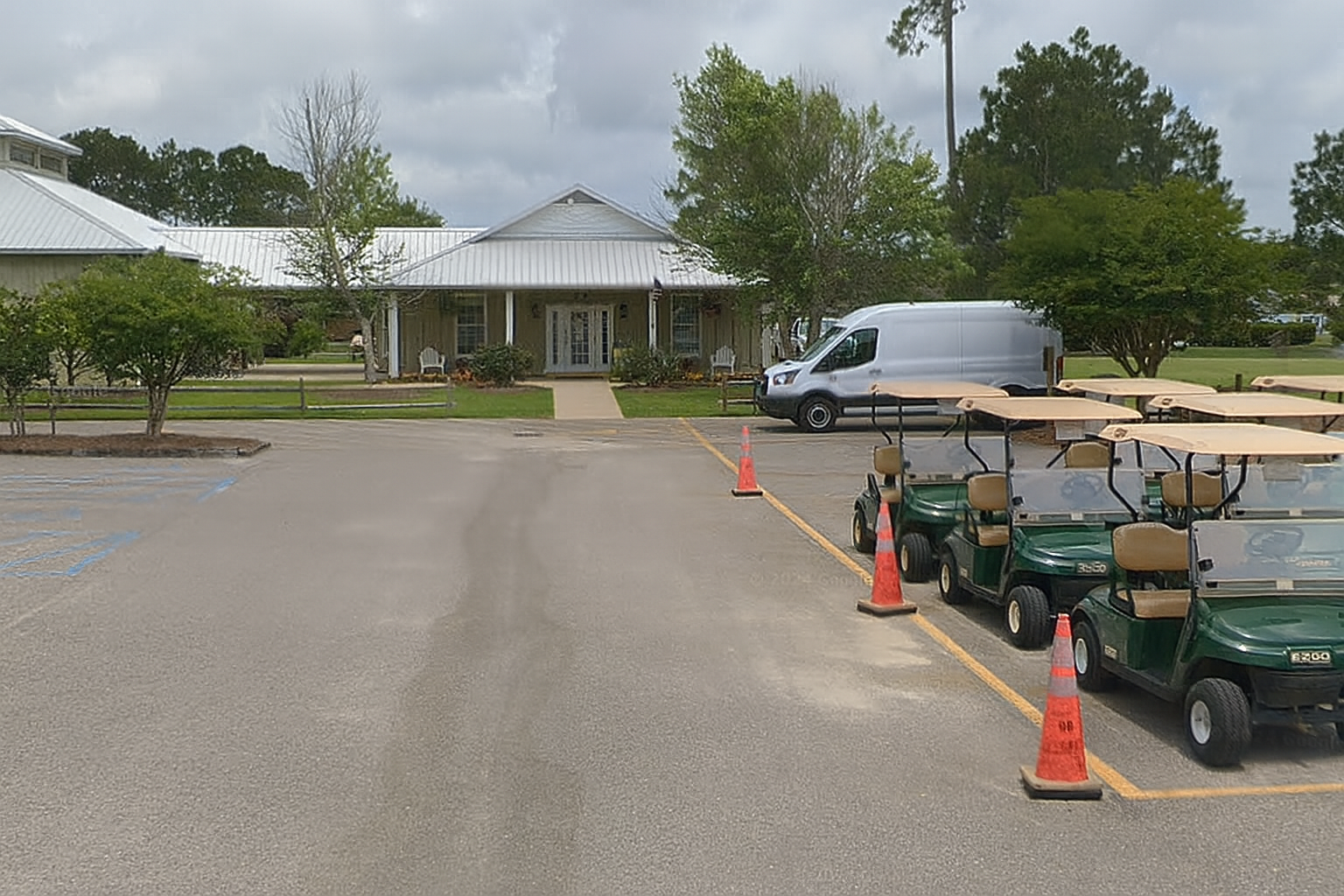Turtle Nesting Season Is Underway on the Gulf Coast
From May to October be aware of nesting turtles
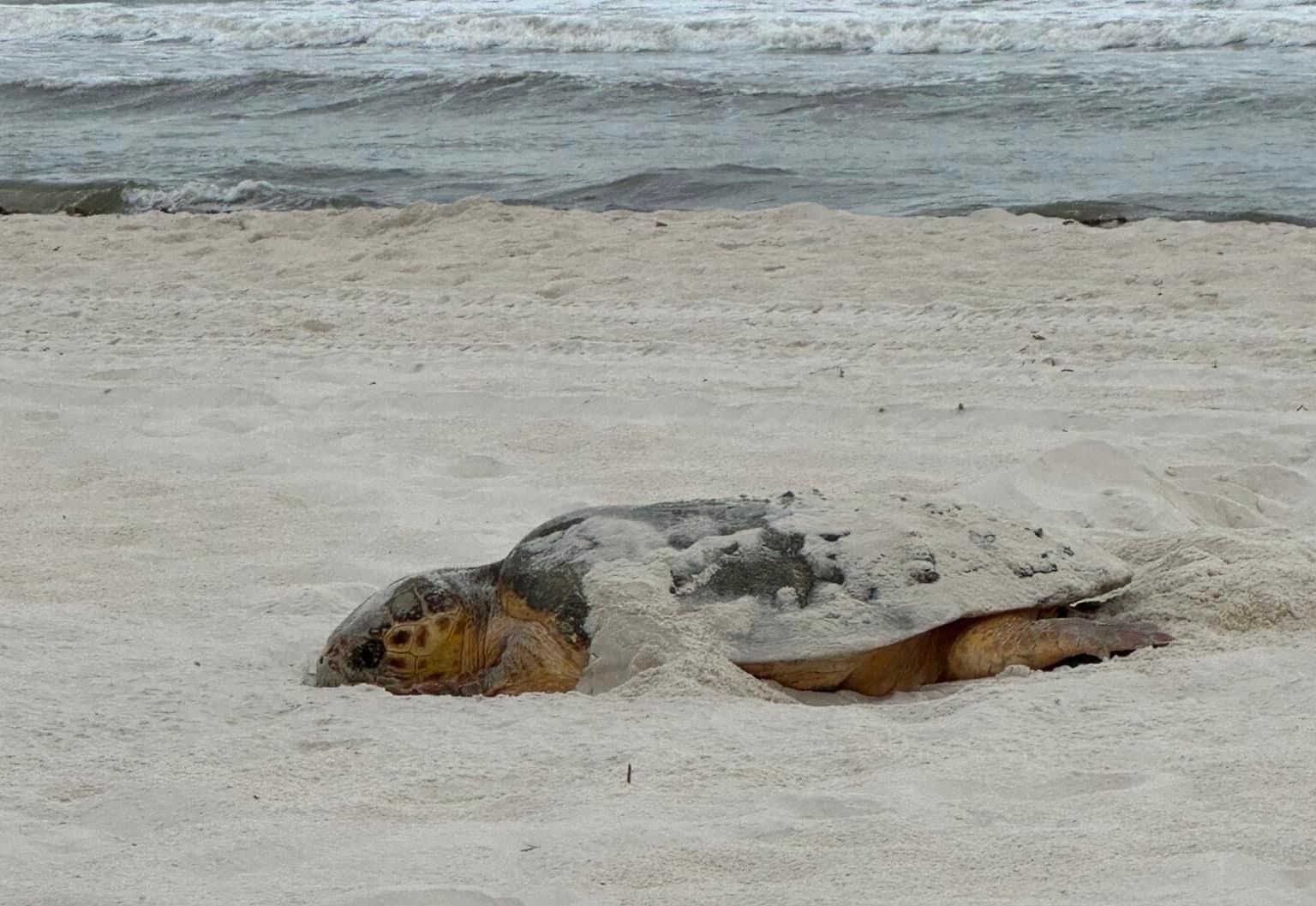
Gulf Shores, Ala. – (OBA) – The support of Alabama coastal residents is needed to raise awareness and educate our visitors to Keep Light’s Out for turtles. The sea turtle nesting season is May through October. Nesting occurs on the beaches from Fort Morgan to Orange Beach and the Florida Panhandle.
From May to mid-August, loggerheads and other turtles can come ashore to deposit up to 120 eggs in a nest cavity in the dry sand dune system. Approximately sixty days later, the hatchlings emerge from the nest at night and head to the gulf. Nests hatch from July through the end of October. During the nesting season, turtles may be disoriented by artificial lights. A disorientation event occurs when artificial light from man-made sources leads turtles away from the gulf waters. People on or near the beach carrying flashlights or lanterns, bonfires, and landscape lighting can disorient turtle hatchlings.
When turtle hatchlings emerge from the shell, they are attracted to the blue and green wavelengths of light which are naturally reflected off the ocean through celestial light. They use this natural light cue to navigate from the nest towards the ocean. This same mechanism is used by adult females when nesting. If an artificial light source on the beach is brighter than the natural light, the hatchlings will head towards this artificial source.
When a hatchling sea turtle is attracted away from the gulf towards a direct or indirect source of light, biologists describe this as a disorientation event. The hatchlings become disoriented and crawl away from the ocean towards the brightest light. During this disorientation event, hatchlings are more susceptible to nocturnal predators and desiccation. While crawling the wrong way on the beach, hatchlings exhaust valuable, limited energy stores needed to swim offshore. Hatchlings need energy once they reach the ocean to swim towards floating Sargassum seaweed found as far as 60 miles offshore. They use the seaweed as camouflage to protect them from predators. The seaweed is also home to small crustaceans that turtle hatchlings eat to replenish their energy.
Many of the nesting turtles in our area are listed as threatened under the Endangered Species Act and are protected by federal and state laws.
Notes From The City Of Gulf Shores Press Release:
It is important we help protect these sea turtles by doing the following:
- Avoid using flashlights or flash photography on the beach at night. If you do use a light at night, please use red filter lights.
- Turn off outside patio lights and shield indoor lights from shining onto the beach at night.
- Do not disturb sea turtle nests.
- Keep your distance (at least 30 feet) from adult turtles that come onto the beach to nest.
- Leave sea turtle tracks undisturbed.
- Leave Only Footprints! Do not leave beach gear, holes, or trash on the beach.
- Report sea turtle sightings to 866-732-8878.
For more information, visit https://www.joinacf.org/stb.
Share this article w/ Friends...

